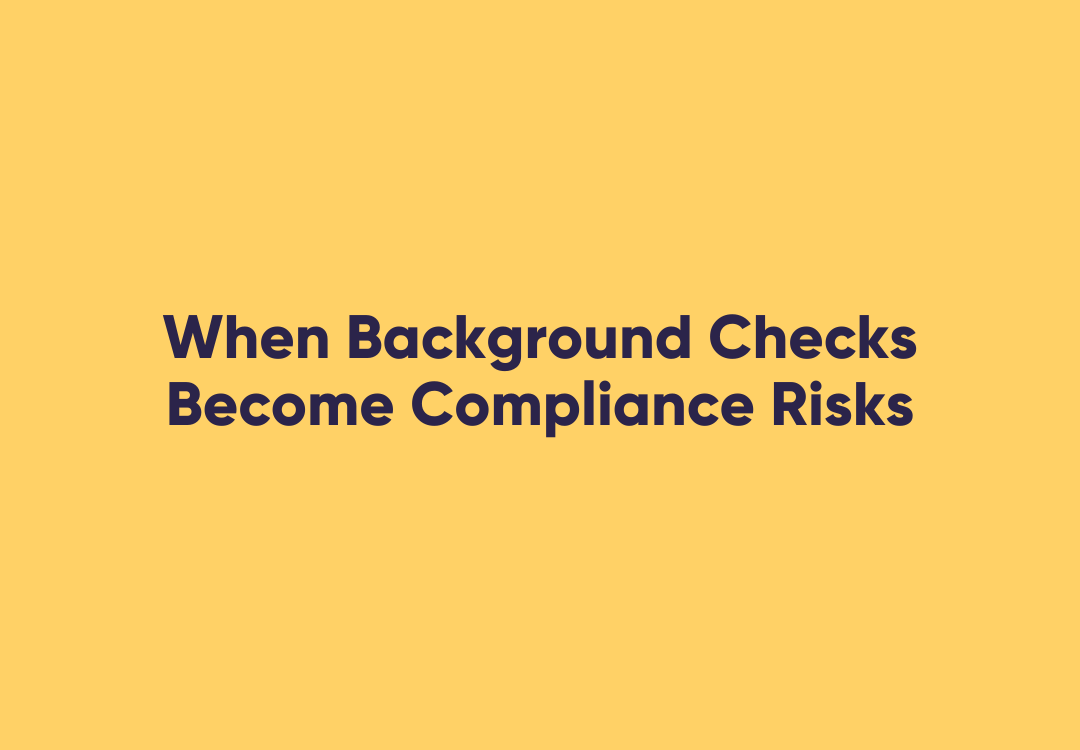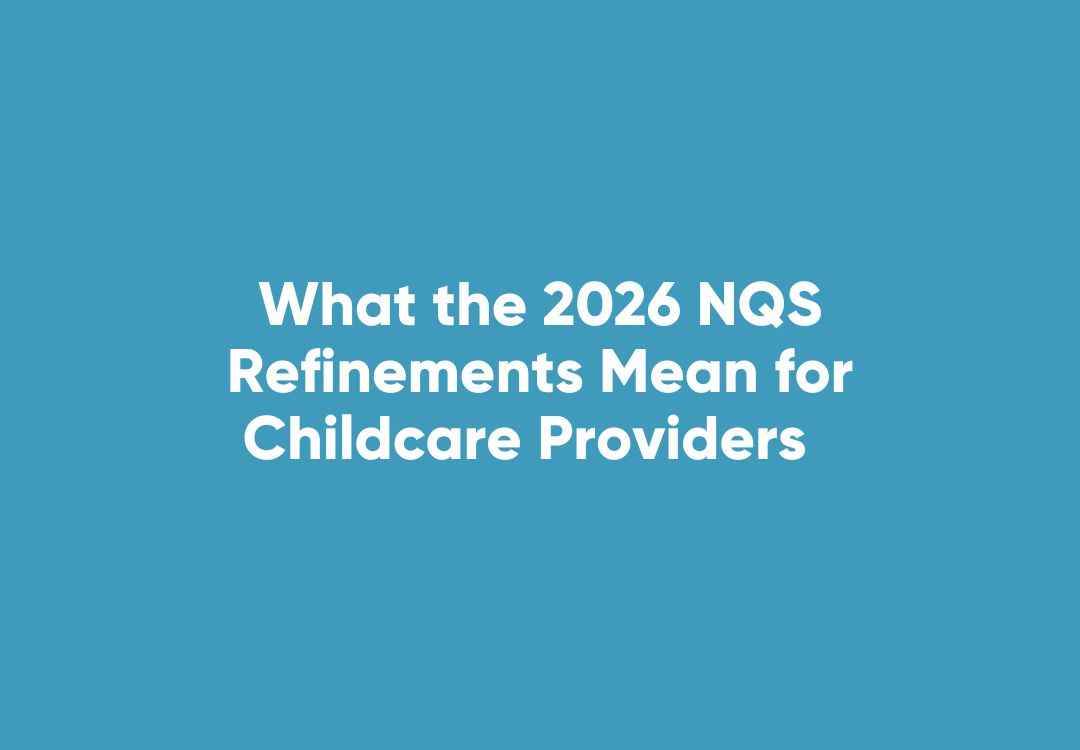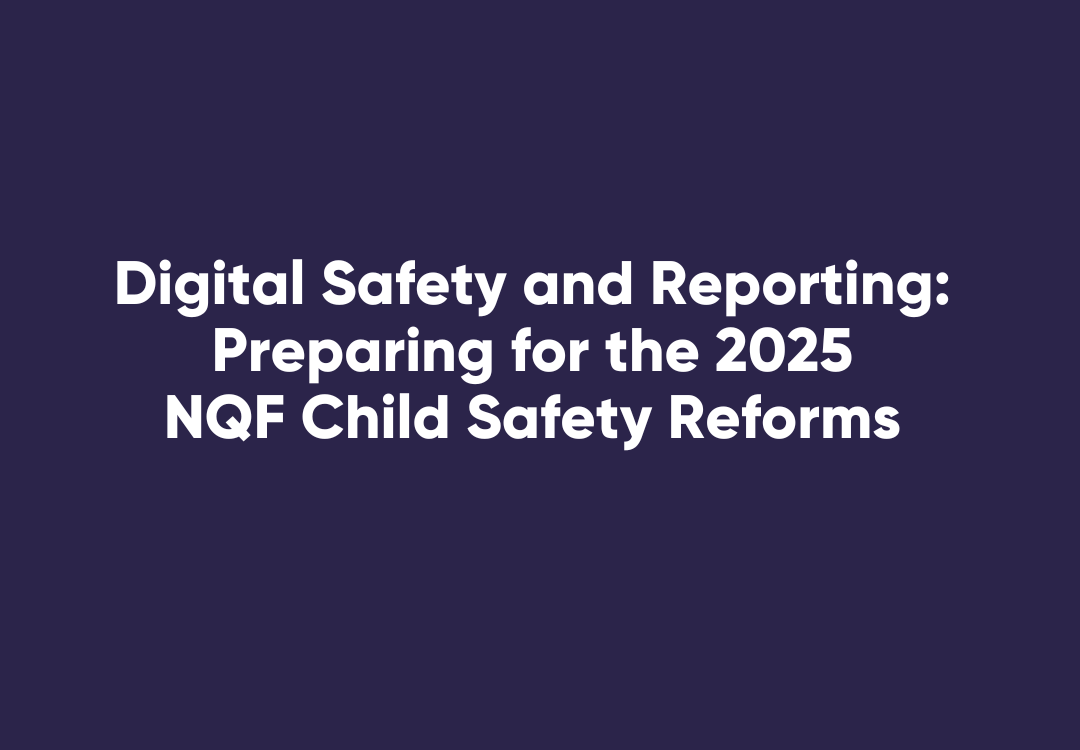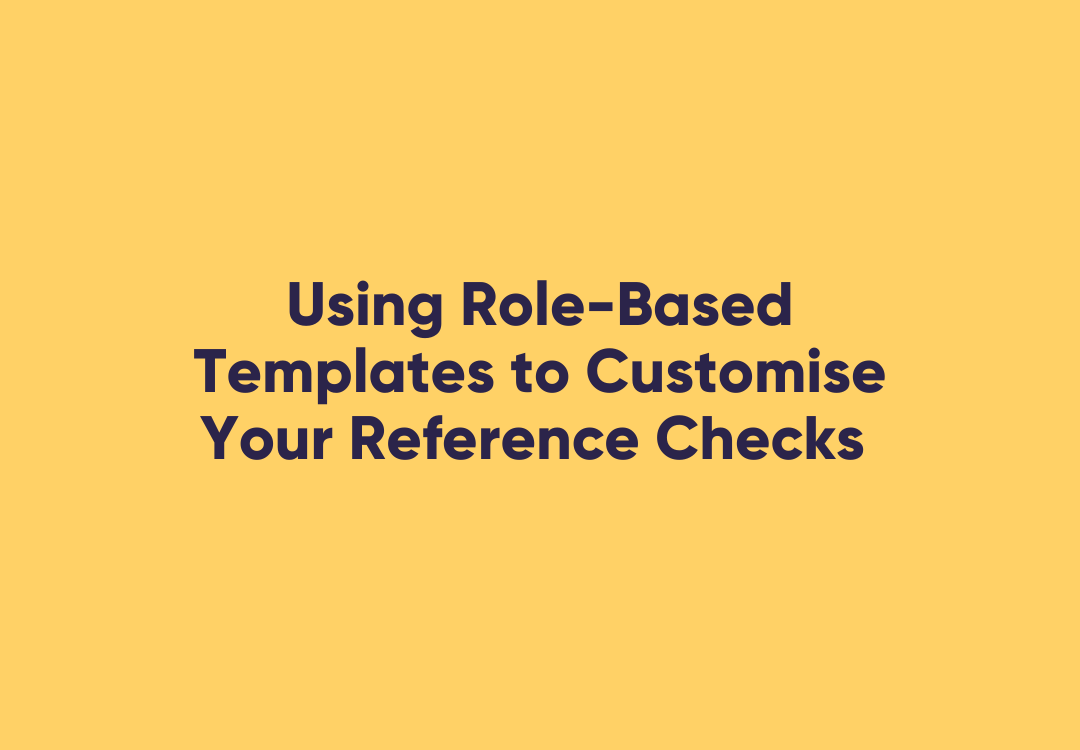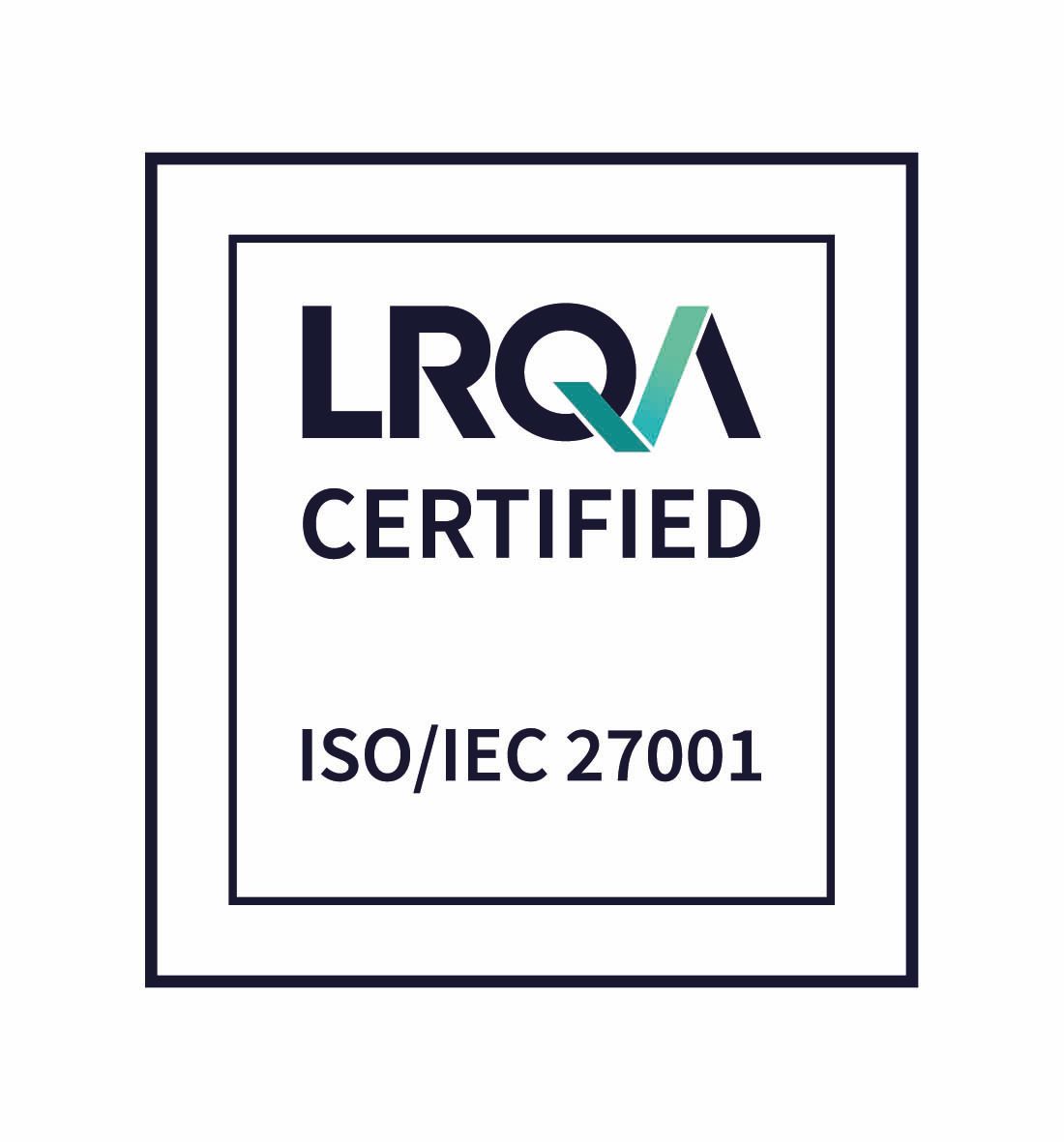EOFY 2025: WHS Self-Audit Checklist for Compliance
EOFY WHS Self-Audit: How to Spot Gaps in Safety Compliance Before FY25
As the 2025 financial year concludes, Australian employers must ensure their Work Health and Safety (WHS) systems are compliant and effective. Conducting a WHS self-audit is a proactive approach to identify potential hazards, assess risk controls, and ensure adherence to legislative requirements.
This guide provides HR and compliance professionals with a structured approach to evaluating and enhancing WHS systems, ensuring a safer workplace and adherence to legal obligations as we transition into FY26.
What is a WHS Self-Audit?
A WHS self-audit is an internal review where an organisation assesses its compliance with work health and safety laws and standards. The audit examines various aspects, including:
- Safety Policies and Procedures: Evaluating the adequacy and implementation of safety guidelines.
- Risk Management: Identifying potential hazards and assessing the effectiveness of control measures.
- Learning, Training and Competency: Ensuring employees have received appropriate safety and compliance learning and possess the necessary information and understanding.
- Incident Reporting and Investigation: Reviewing processes for reporting and investigating workplace incidents.
- Emergency Preparedness: Assessing the readiness of emergency response plans and procedures.
Conducting a WHS self-audit helps organisations proactively manage safety risks, comply with legal requirements, and promote a culture of continuous improvement in workplace safety.
Importance of Conducting a WHS Self-Audit Before EOFY
Performing a WHS self-audit before the end of the financial year offers several benefits:
- Compliance Verification: Ensures that the organisation meets current WHS legislative requirements, reducing the risk of legal penalties.
- Risk Identification: Helps in detecting potential safety hazards and implementing corrective actions promptly.
- Resource Planning: Allows for the allocation of necessary resources and budgeting for safety improvements in the upcoming financial year.
- Employee Engagement: Demonstrates a commitment to employee well-being, fostering a positive safety culture.
- Continuous Improvement: Provides insights into the effectiveness of existing safety measures and areas for enhancement.
By integrating WHS self-audits into the EOFY planning process, organisations can proactively address safety concerns and align their operations with best practices.
Steps to Conduct an Effective WHS Self-Audit
- Plan the Audit:
- Define the scope, objectives, and criteria of the audit.
- Develop an audit schedule and assign responsibilities.
- Gather Documentation:
- Collect relevant policies, procedures, training records, and incident reports.
- Conduct the Audit:
- Perform site inspections to identify hazards.
- Interview employees to assess their understanding of safety protocols.
- Evaluate the implementation of safety measures.
- Identify Non-Compliance and Areas for Improvement:
- Document findings and classify them based on severity.
- Develop corrective action plans with assigned responsibilities and timelines.
- Report and Review:
- Prepare a comprehensive audit report summarising findings and recommendations.
- Review the report with management and relevant stakeholders.
- Implement Corrective Actions:
- Address identified issues promptly.
- Monitor the effectiveness of implemented solutions.
- Follow-Up:
- Schedule subsequent audits to ensure continuous compliance and improvement.
Leveraging WorkPro for WHS Compliance
WorkPro offers tools and resources to assist organisations in managing WHS compliance effectively:
- Learning Modules: Access to comprehensive safety training programs tailored to various industries.
- Compliance Tracking: Monitor employee training completion and certification statuses.
- Policy Management: Centralised platform for distributing and acknowledging safety policies and procedures.
- Audit Support: Templates and checklists to facilitate the WHS self-audit process.
By integrating WorkPro into your safety management system, you can streamline compliance processes, enhance employee awareness, and foster a culture of safety within your organisation.
Conducting a WHS self-audit before the end of the financial year is a strategic approach to ensure safety compliance, identify potential risks, and implement improvements. By proactively addressing safety concerns, organisations can protect their workforce, comply with legal obligations, and promote a safe working environment.
Explore how WorkPro can support your organisation in achieving WHS compliance and fostering a culture of safety.






